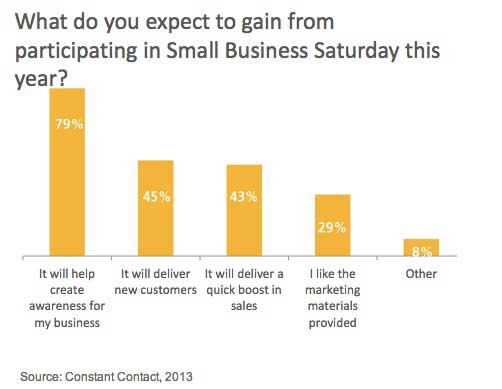Content marketing may be the new black in 2014, but efforts to develop a content strategy can be derailed by a single obstacle: The equivalent of “writer’s block.” This obstacle is an affliction experienced by many businesses and individuals struggling to execute a programmatic approach to delivering content to their audiences. One has to look no further than inconsistent frequency of content posts in social media or on a brand’s website to recognize that a gap between strategy and execution plagues many marketers. I’ve been there, and if you are tasked with creating content you probably have been there, too. However, a recent article posted by Writtent, a content publisher, provides two valuable pieces of advice on how to stay energized and be a prolific content creator. The article featured an interview with C.C. Chapman, a marketing expert and author of the book Content Rules.
Be Passionate or Be Quiet
One reason content creators lose their edge on publishing consistently is that they can occasionally burn out or at least hit a dry spell for coming up with new ideas. When Chapman was asked what to do if one loses passion for content creation. His answer was straightforward: “If you have no passion for what you are creating then stop.” He describes carrying out content strategy as “a long and ongoing road.” Content marketing is not a flavor of the month proposition; Chapman says you must always be creating content or be willing to hire someone who will do it for you. You must be all in- be passionate or be quiet- your desire to share ideas and information should drive you to be a content marketer, not tasks on a To Do list.
Listen Before You Speak
If you struggle with creating content, do not decide to be quiet just yet. Chapman offers advice on how to fan the flames of content creation. We must first be content consumers in order to be productive content creators. How do we adopt a content consumption mindset? Chapman describes his approach: “I read books, magazines and posts every day. I watch all sorts of video, look at photos and constantly try to get outside and experience the world around me.” This advice sounds similar to what is practiced by high performing salespeople- they are exceptional listeners. Great salespeople are not the ones who could sell ice to Eskimos. Instead, great salespeople actively learn from the world around them, whether it is gathering intelligence on competition, market trends, or customers’ needs. Then, they match their product’s capabilities to deliver value to buyers. Same goes for being a great content marketer- learn from the world around you to gather inputs for crafting content that is useful to your target audience.
Commit to Consume
I saw a friend remark on Facebook recently that “social media is easy when you have something to say.” While that may be a bit of an oversimplification, I think the statement fits the idea that committing to be a content consumer can make you a better content creator. When we allow ourselves to be exposed to more stimuli, the result will be that we are better at “connecting the dots” in the world around us and in turn, creating content based on our interpretation of the stimuli.










